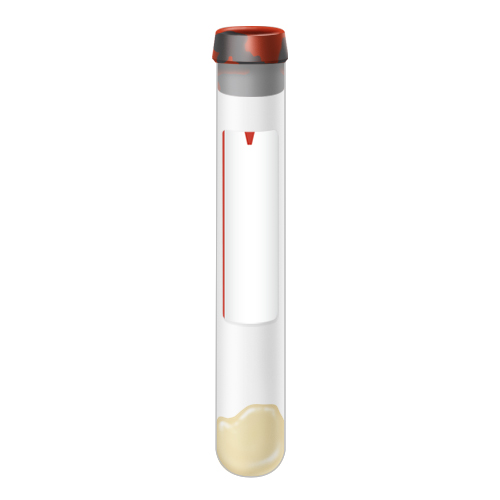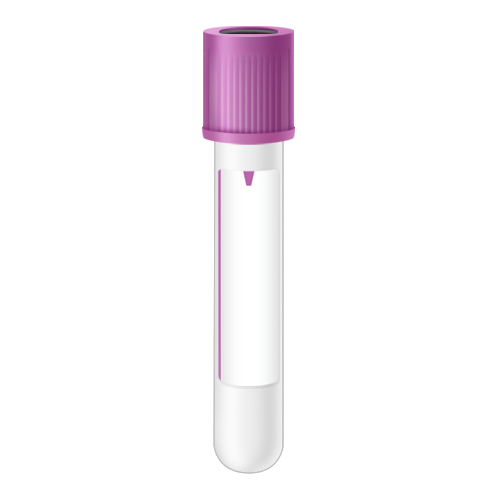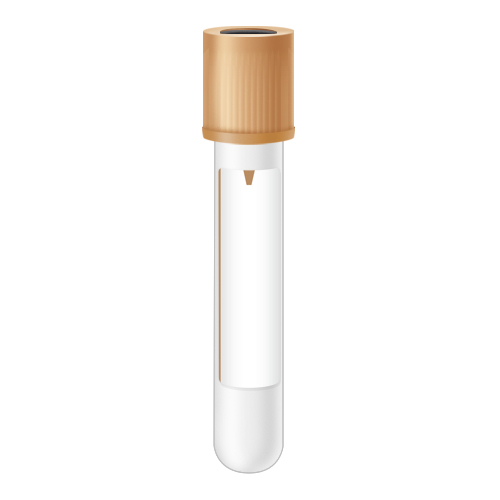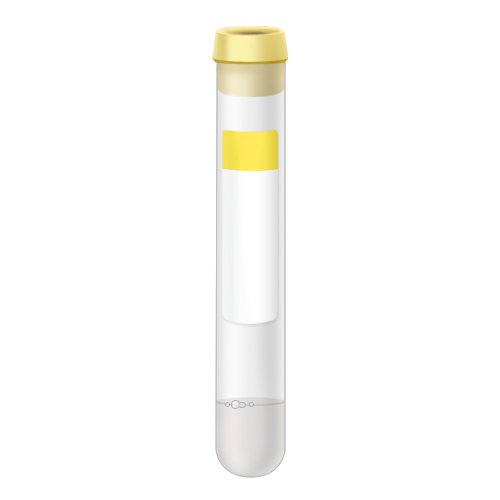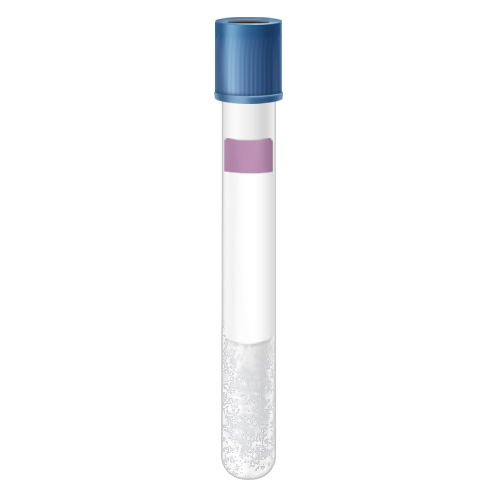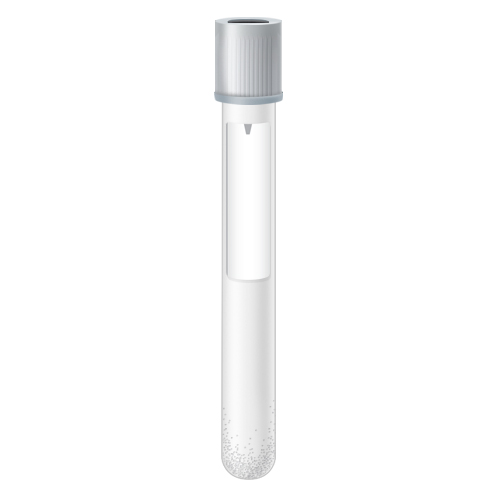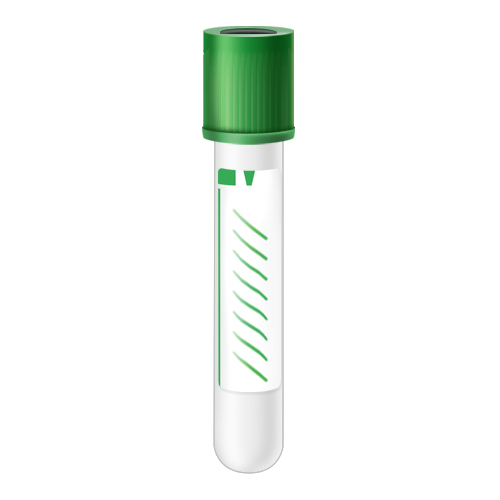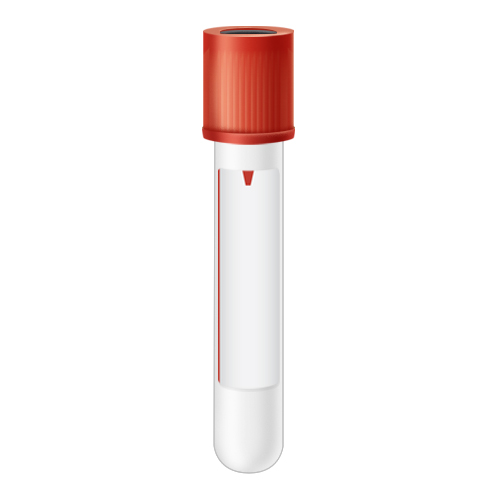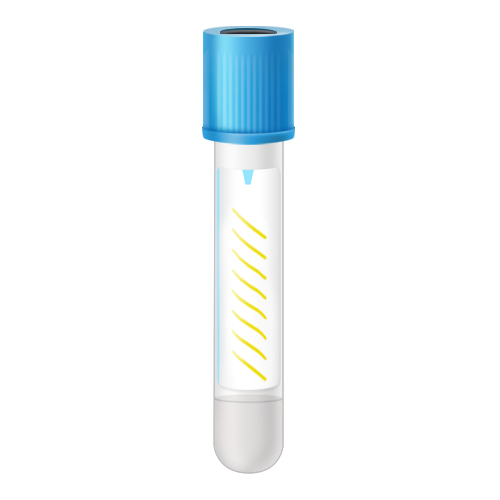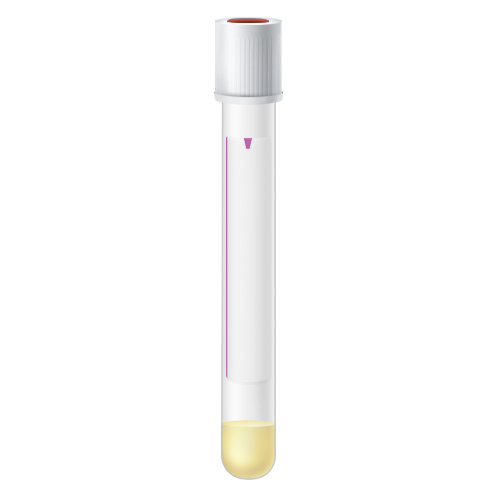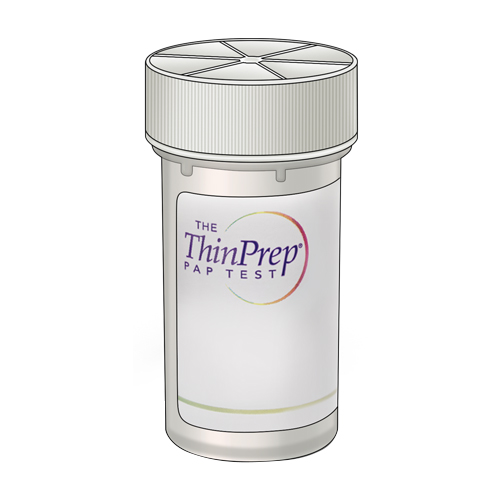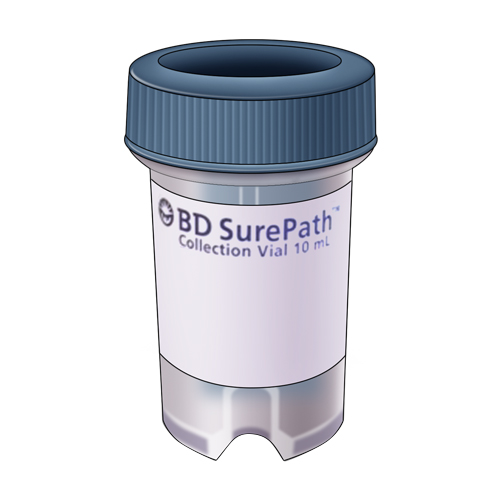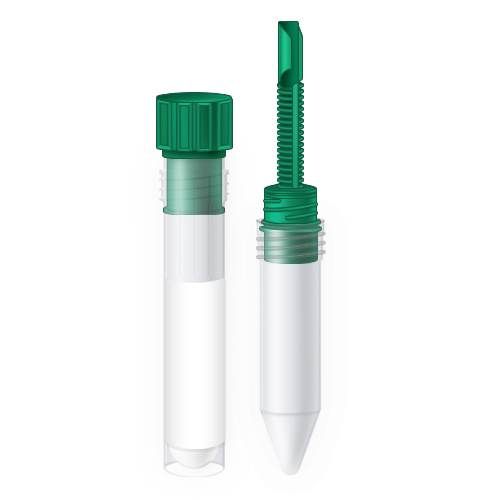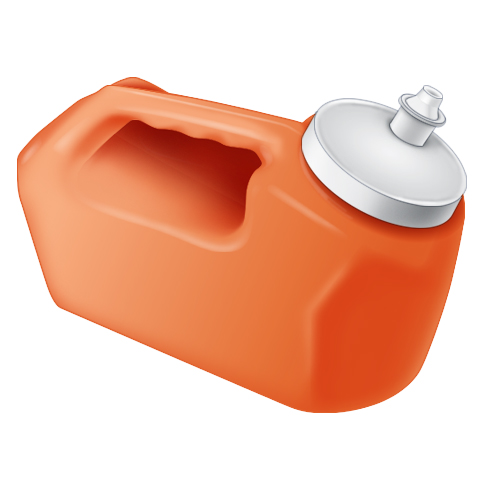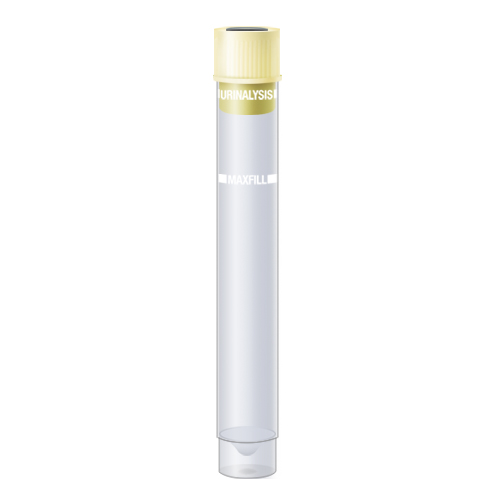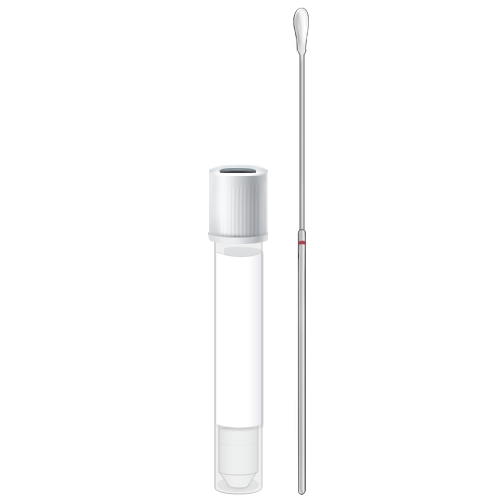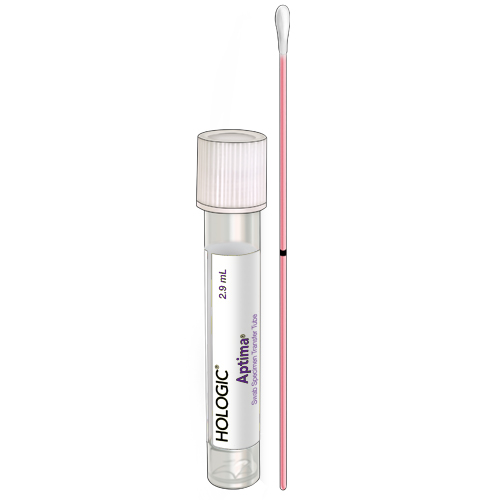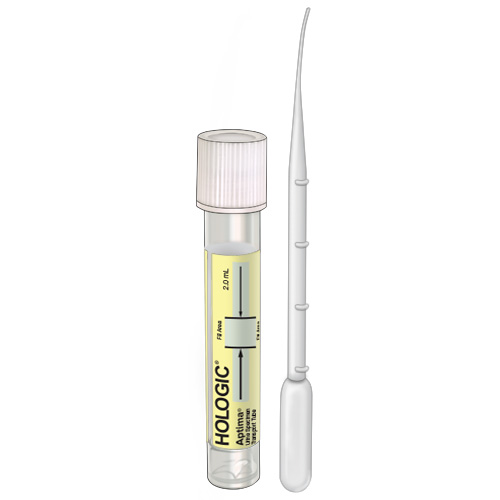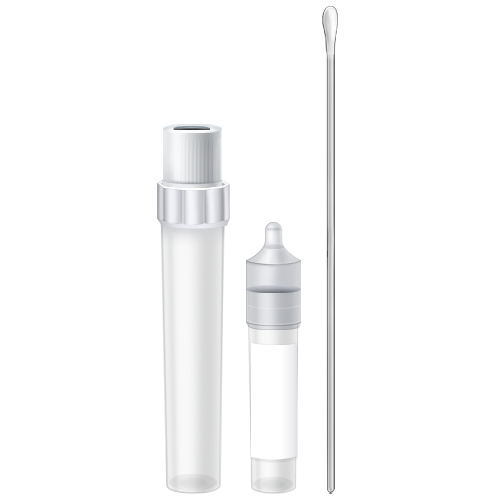J047 : PTH, Intact, Fine Needle Aspirate
INFORMATION:
Alternate Name:
PTHI,Intact Parathyroid Hormone FNA
Methodology:
Chemiluminescence
Clinical Utility:
PTH, Intact, Fine Needle Aspirate - Surgical treatment of hyperparathyroidism relies on the ability to accurately identify parathyroid tissue. The use of fine-needle aspirate (FNA) with measurement of intact parathyroid hormone (PTH) levels in suspected parathyroid cysts or adenomas is used to identify parathyroid tissue and has been proven to be a useful surgical adjunct in the treatment of hyperparathyroidism.
ORDERING:
Test Code:
J047-2
Turnaround Time:
4-6 DAYS
Preferred Specimen:
1 mL Fine Needle Aspirate
Collection:
| Container | Qty | Temp | Stability |
|---|---|---|---|
| Fine Needle Aspirate | 1 | STRICT Frozen | 28 DAYS |
Collection Instructions:
FNA: A 25-gauge needle is inserted obliquely within the transducer plane of view and moved back and forth (passes) through the nodule to compensate for patient movement and needle deflection. There is no suction device; cells move into the needle via capillary action. After collection of the cytology samples, withdraw between 0.10 and 0.25 mL of saline up through each needle and empty this fluid back through the needle into a tube. This is the needle washing used for analysis. Repeat the passes and saline washings from the same biopsied site and empty contents into the same tube. The washes from all needles are pooled (final volume 1 mL). Inspect specimen for visible blood or tissue contamination. If bloody, centrifuge specimen and transfer supernatant to a new tube to send to the laboratory. The supernatant, not the cellular materials, is used for analysis. If the specimen is clear, centrifugation is not necessary.. Do not send specimens in glass tubes
Storage Transport Instructions:
Freeze immediately and transport frozen sample to laboratory directly. Do not send specimens in glass tubes.
Specimen Comment:
A 25-gauge needle is inserted obliquely within the transducer plane of view and moved back and forth (passes) through the nodule to compensate for patient movement and needle deflection. There is no suction device; cells move into the needle via capillary action. After collection of the cytology samples, withdraw between 0.10 and 0.25 mL of saline up through each needle and empty this fluid back through the needle into a tube. This is the needle washing used for analysis. Repeat the passes and saline washings from the same biopsied site and empty contents into the same tube. The washes from all needles are pooled (final volume 1 mL). Inspect specimen for visible blood or tissue contamination. If bloody, centrifuge specimen and transfer supernatant to a new tube to send to the laboratory. The supernatant, not the cellular materials, is used for analysis. If the specimen is clear, centrifugation is not necessary.
Billing:
CPT Codes:
83970 x 1
CPT Code Disclaimer
CPT codes provided are for informational purposes only. Accuracy of CPT presented should be validated prior to consideration for billing.
CPT coding is the sole responsibility of the billing party. Please direct any questions regarding CPT coding to the payer being billed.

 Back to Test Directory
Back to Test Directory